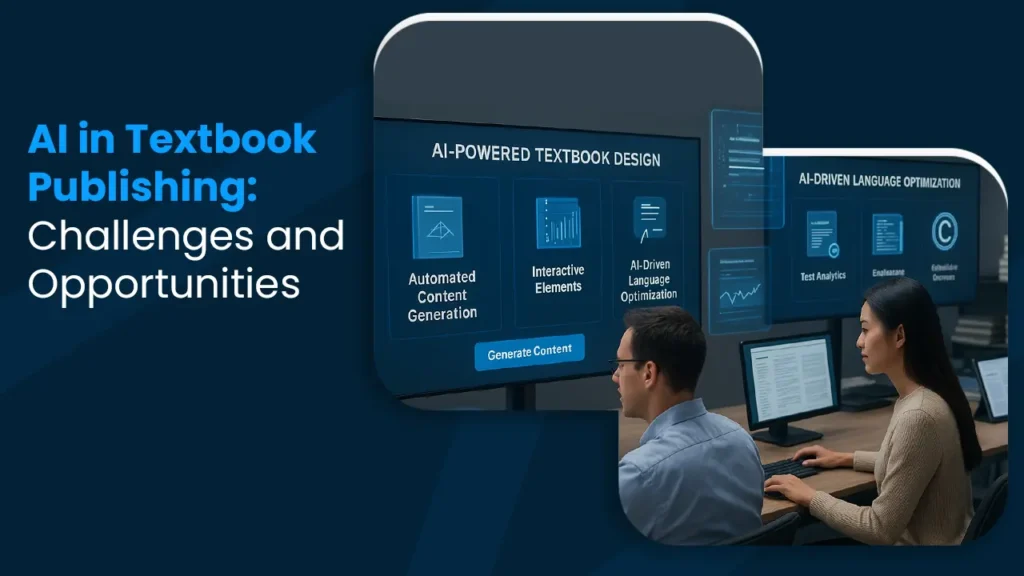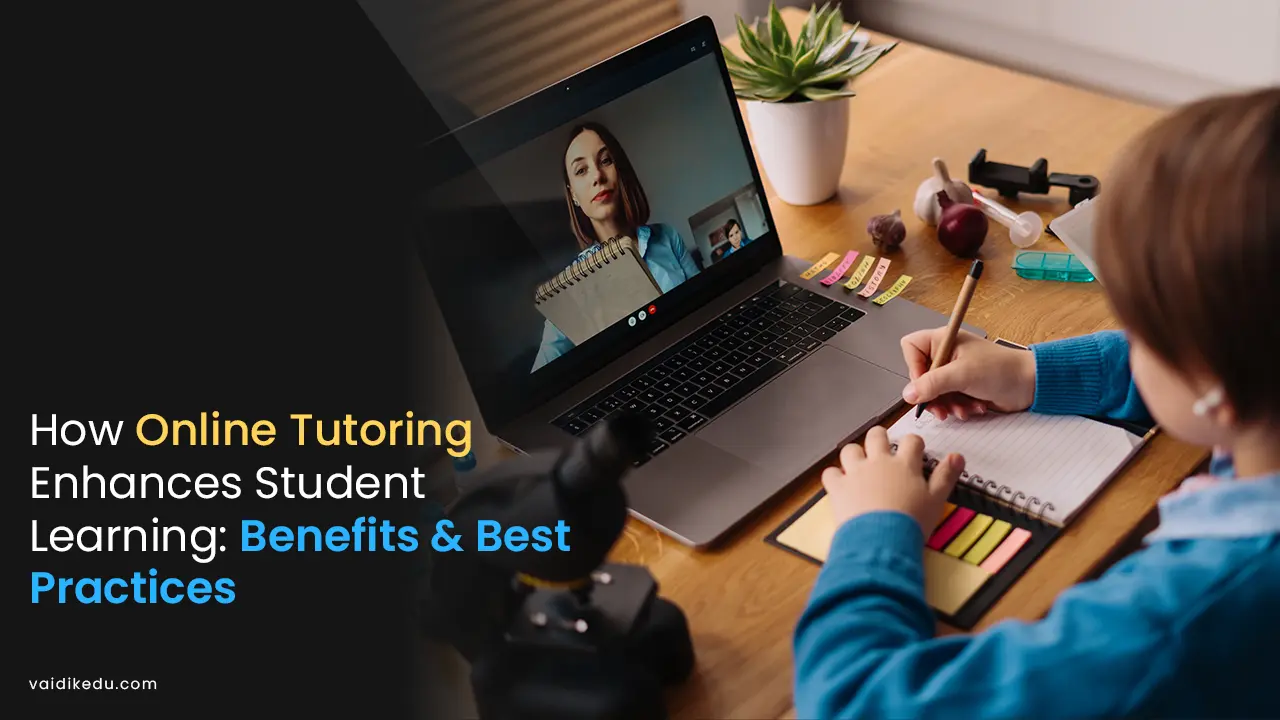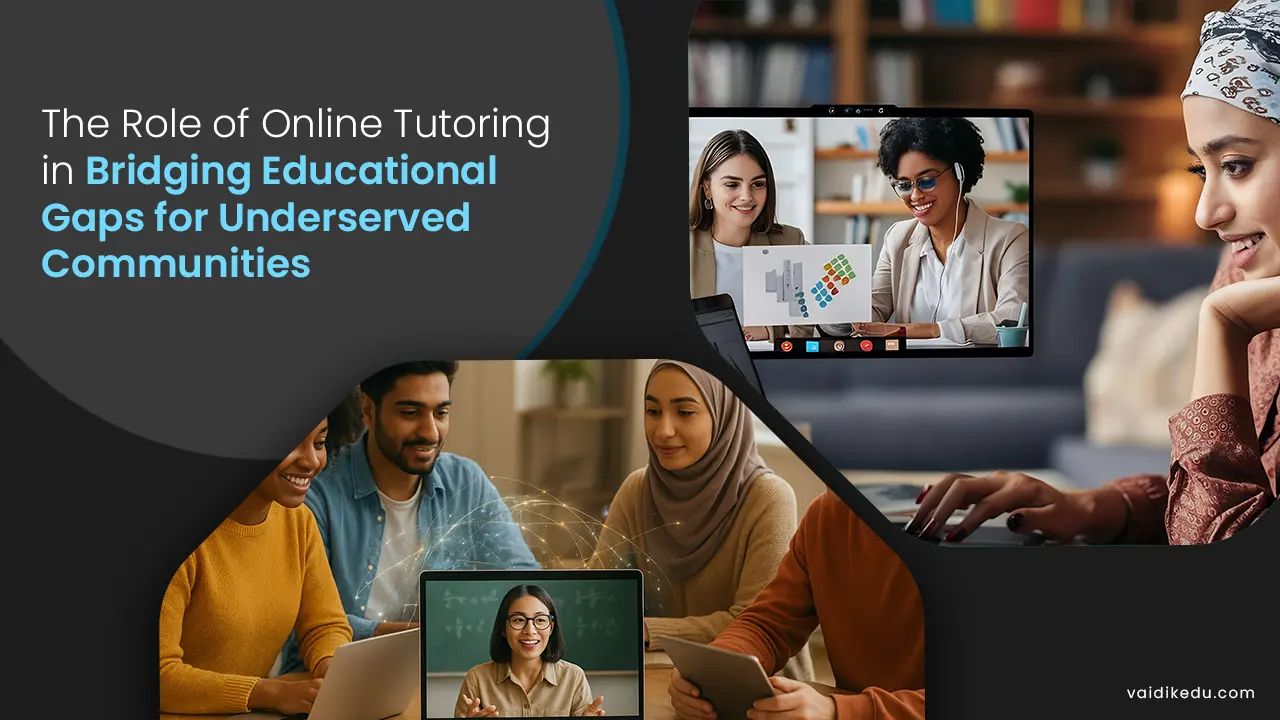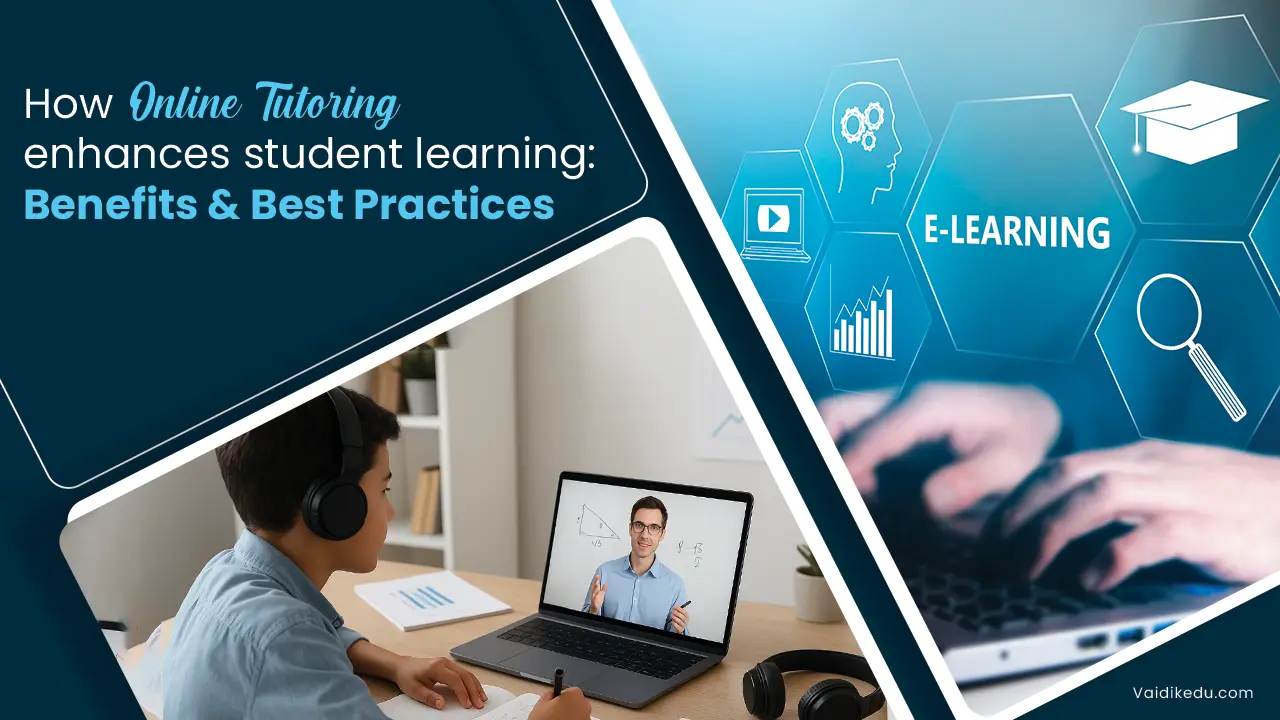For many years, textbooks have been housed in the body of the brain of Education. However, they are published with correct syllabi and read by students when learning digitalisation, which has transformed traditional book publishing from its roots globally.
Among the most influential actors driving this shift is artificial intelligence, with massive data processing automation of mundane tasks and the availability of custom solutions. It is transforming the way textbooks are designed, developed and consumed.
Linking AI and developing areas of textbook publishing isn’t all about auto-meeting processes but also about improving educational content, quality and accessibility.
AI could pave the way for adaptive learner-responsive educational materials that ensure each student needs particular needs. Multilingual textbooks can similarly be built by utilizing AI that focuses on breaking the limitation of language barriers to offer quality educational material to learning applicants worldwide.
AI places content development into automation mode, meaning interactive content or forming illustrations so that educational materials meet high engagement and interactivity standards.
While AI has stupendous prospects in textbook publishing, it poses equally more significant challenges. Most notably, the ability to preserve a certain artistic depth of content rendered by human authors- much of the time because of the nuances that make a copy truly valuable and relevant in the eyes of the teacher in light of the interactive feature built in terms of user engagement.
Also, the presence of bias in the algorithm of the AI programs could push textbook production beyond cultural sensibility, where certain biases may cause misguided and unsound content. The legal technicalities and ethical constraints, such as copyright infringements and intellectual property rights, have also been far removed.
In addition, many traditional publishers face the tech and financial hurdles to move forward with AI, making it challenging for smaller players to keep pace with their bigger, technology-savvy counterparts.
The rapid adoption of AI in textbook publishing poses many important questions for the future of Education: How can we balance the trend towards automation with the value of creativity? How might we use AI responsibility to provide more equitable access to education
This blog examines the various opportunities and challenges AI in textbook publishing represents. Analysis. Real-world application success stories and emerging trends-based analysis open avenues of insight into using AI to create a more effective, inclusive, and innovative educational ecosystem.
This is not just a technological issue but also a paradigm shift. It calls for collaborative engagement among technologies. Educators and policymakers must ensure that AI enhances, rather than replaces, the human touch in education.
AI Applications in Textbook Publishing:
Integrating AI into textbook publishing has introduced novel ways to improve educational resource creation, distribution, and utilization. AI processing content generation and the personalization of learning have changed the conventional processes of publishing textbooks. Key applications of AI in this field are as follows:
1. Content Creation And Automation: AI can automate the generation of textbook content, including text, images, and exercises. Natural language processing (NLP) and machine learning algorithms can also effectively generate well-structured material.
- Text Generation: AI can automatically produce explanations, summaries, and examples based on given topics or learning outcomes.
- Question Banks: Automated generation of multiple-choice questions, short answers, and quizzes according to curricular standards.
- Infographics And Diagrams: AI can create visual aids such as charts, graphs, and illustrations to complement the textual content.
2. Adaptive learning And personalised content: AI enables the development of adaptive textbooks so that content becomes personalized to specific learners’ needs.
- Learning Pathways: AI identifies a child’s strengths and weaknesses to allow customized, adaptive learning.
- Real-time Updating: Adaptive books can update the content on time, depending on how the student performs and understands.
- Customised Content: Textbooks could have more information or easier alternatives of topics, depending on user proficiency.
3. Innovative Graphics And Visual Effects: AI-based design tools create high-quality visuals and interactivity for textbook creation.
- Interactive Diagrams: Animated processes with pop-up labels to facilitate student engagement with the graphics.
- 3D models: AI can create three-dimensional renderings of concepts, especially in biology, physics, and engineering.
4. AI-Based Translation For A Global Market: AI-based translation systems allow textbook authors to produce editions in other languages, making the content accessible worldwide.
- Accuracy: AI ensures consistent and accurate translations from one language to another.
- Localization: Machine translation with human editing adapts cultural nuances and terminologies for various regions.
5. Data-Driven Insights For Curriculum Development: AI analyzes large volumes of user data to provide insights that help publishers design better textbooks.
- Usage Analytics: Insights into which sections are most used or where students struggle the most.
- Feedback Loops: AI tools gather feedback on textbook effectiveness, guiding future editions.
Opportunities of AI in Textbook Publishing:
- Cost And Time Efficiency: AI automates the process of content creation, editing and formatting to reduce production time and costs.
- Personalized Learning Experience: This facilitates customised content assessment that can be adjusted in real-time and personalised feedback according to students’ needs.
- Rapid Content Production: Excellent for speedy production of textbooks for very diverse audiences, regions and languages.
- Accessible Features: Encompassing text-to-speech, more explicit text and translations in other languages for diverse students.
Much Greater Reach: AI-assisted Localisations help publishers address International markets more effectively. Analytics that inform usage data of textbooks to tailor the content and ensure more desirable results;
dynamic living content updated in real-time with the most up-to-date advancements; features interactive and engaging functionalities like brilliant illustrations, 3D models and interactive diagrams, thanks to AI integration; customised material that could easily be adapted across subjects, grade levels, or formats while costing less.
Ethical And Inclusive Education: It ensures equity by providing accessible resources for differently abled and underserved students.
AI-Localized Content For Textbooks: Textbooks can be localized in cultural, regional, and educational contexts with less manual intervention.
Efficient Copyright Management by AI: AI tools can help identify copyright infringements and adequately attribute sources.
Gamification in Textbooks: Gamified elements like quizzes and challenges through AI can be integrated to make learning enjoyable.
Sustainable Publishing: It reduces the use of physical resources by supporting the shift to digital and on-demand textbook publishing.
Integration with Virtual And Augmented Reality: AI develops AR/VR-enhanced textbooks promoting an immersive learning experience.
Challenges of AI in Textbook Publishing:
- Quality Assurance Issues: AI-generated content may be shallow, with slight creativity, or more contextually aware, requiring human inspection.
- Bias in AI Algorithms: AI Tools may inadvertently replicate and amplify existing biases in the data they are trained on, resulting in culturally insensitive or factually incorrect content.
- Ethical Considerations: Conflicting issues that revolve around the use of AI include the transparency of AI-generated content and its effects on proper authorship.
- Copyright And Intellectual Property Issues: Determining who owns AI-generated content and ensuring compliance with copyright laws may be complex.
- High Initial Costs: The initial investment in technology infrastructure and training is significant.
- Lack of Human Creativity: AI lacks the subtlety, creativity and empathetic sense that a human author puts into creating a textbook.
- Technical Limitations: Development AI may not fully comprehend some of the most complex topics or specific educational standards; thus, the content produced is not error-free.
- Data Privacy And Security: AI Works based on massive data sets, so it creates privacy and security concerns regarding the sensitive information of students and users.
- Adaptation Challenges For Teachers And Learners: The swift adoption of AI-based texts may necessitate further training to use them effectively.
Future of AI in Textbooks:
The future of AI and textbook publishing is transformational and full of innovation and redefines how educational content is produced, distributed, and consumed. The future development of AI technology will likely continue to advance from simple automation and will be developed into more advanced capabilities.
The future textbooks could be fully dynamic with real-time updates that reflect the latest developments in different fields, ensuring students have access to the most accurate and relevant information. Education will be more responsive to the changing knowledge landscapes.
The prominent role of AI in textbook publishing will be related to personalization. Further, through advanced algorithms in machine learning, textbooks will offer highly individualised learning experiences, as content pacing and challenge adjustment are tailored to each student’s needs or learning preferences.
This leads to better engagement and, thereby, better outcomes in learning software size from the AI. This will inform educators about issues and understanding, as they can look at specific weak points and target interventions precisely.
The future is promising as emerging technologies like augmented and virtual reality are expected to integrate seamlessly with AI. It will result in interactive and immersive textbooks that could make students learning anatomy go 3D to see inside the human body or allow history students to visit a historical site virtually.
Learning would be more experiential, with concepts learnt deeper and remembered better. Proof of quality education across linguistic and cultural groups would expand further through AI-enabled multilingual and localised textbooks.
However, the prospect of AI will also require textbook publishers to find solutions to significant challenges. Most importantly, more ethical considerations. Let’s move forward by maintaining unbiased content and not violating intellectual property.
This must be well-coordinated work between AI developers, publishers and their educators to guarantee that implementing this new technology is judicious and practical. This will also call for efforts to enable smaller publishers and developing markets to benefit from such advancements, bridging the gap in global education equity.
Frequently Asked Questions
AI transforms the textbook publishing industry through content automation, creating an adaptive and personalised learner experience. It enhances education results through brilliant visuals, 3D models, cost-effective multilingual translation, and real-time data.
Some significant challenges are maintaining the quality and creativity of AI-generated content, addressing biases in AI algorithms, resolving intellectual property issues, and ensuring data privacy. High implementation costs and traditional publishers’ resistance to change also pose significant barriers.
AI will personalise learning by changing the content to suit a student’s needs, pace, and learning style. It offers tailored exercises, dynamic updates, and personalised feedback that, based on AI-driven insights, will enhance engagement and learning outcomes and help teachers identify gaps in student understanding.









